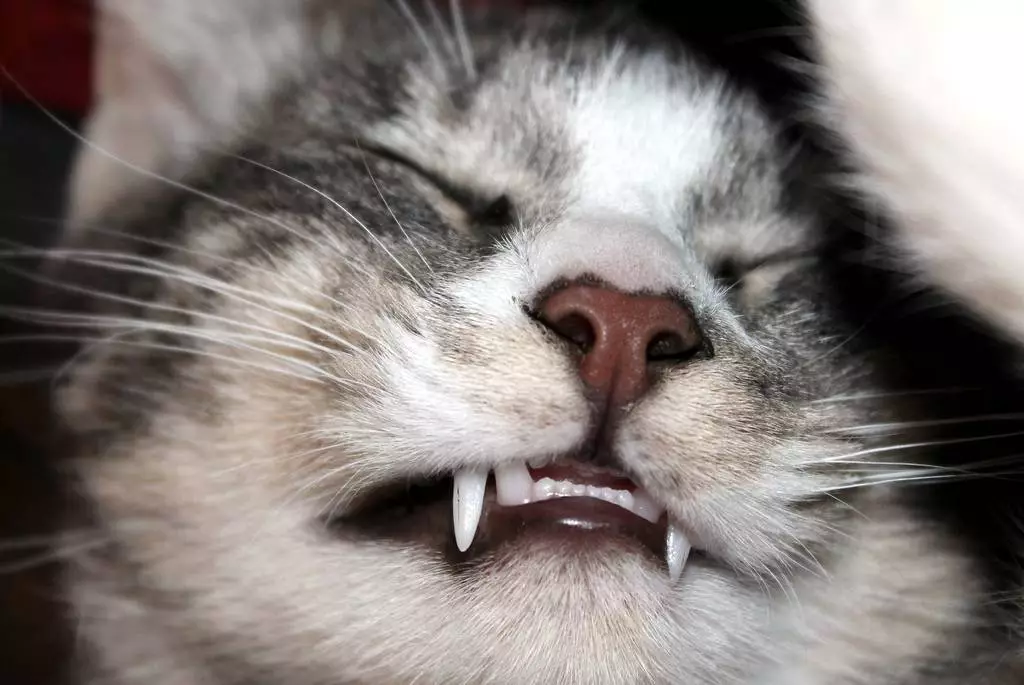As cat owners, making decisions about our pets’ health can often feel overwhelming. February, celebrated as ‘Spay and Neuter Awareness Month’, serves as an opportune moment to delve into this important topic. With a notable surge in Google searches for ‘neutering’ reaching approximately 20,000 in January, it’s evident that many are seeking knowledge on this critical aspect of pet care. In this article, we will explore the nuances of spaying and neutering, addressing key considerations including procedures, benefits, timing, post-operative care, and costs to equip cat owners with essential information.
Spaying and neutering are surgical procedures that permanently prevent pet reproduction. The terms refer specifically to males and females, respectively. For male cats, neutering involves castration, which entails the removal of the testicles. This not only curtails their ability to reproduce but also substantially lowers testosterone levels, which can influence behaviors such as aggression and territorial marking. Conversely, spaying female cats involves the extraction of the ovaries and uterus, effectively preventing them from going into heat and becoming pregnant. Both procedures are performed under general anesthesia, ensuring that the animals are pain-free during the operation. While the initial recovery may involve discomfort, pain management protocols ensure a smooth and swift recuperation for your feline friend.
The health benefits derived from spaying and neutering pets are profound. Research has linked these procedures to a significant reduction in the risk of certain cancers and serious infections, such as pyometra, which can be critical in females. Furthermore, beneath the surface of health benefits, one of the most significant impacts of neutering is behavioral modification. Neutered males tend to exhibit reduced tendencies to wander in search of mates, which not only lessens the risk of injury from encounters with vehicles but also minimizes the chances of them going missing. Likewise, spayed females eliminate the risk of unplanned litters, and it’s important to note that one female cat and her offspring can produce a staggering 370,000 kittens in just seven years. Hence, spaying and neutering can play an instrumental role in controlling the cat population and preventing unwanted litters.
A common misconception surrounding spaying and neutering is related to age. Veterinary professionals generally advise that cats can be safely neutered as early as four months old. Although spaying or neutering at a younger age is often recommended for various health and behavioral benefits, it is possible to perform the procedure on cats at any age beyond this threshold. It is advisable to keep cats indoors prior to neutering to curtail the likelihood of pregnancy. Outdoor access should be restricted to prevent unintended mating.
Post-operative care is vital for ensuring your pet’s recovery. After being spayed or neutered, many cat owners may notice an increase in their pet’s appetite, occasionally leading to weight gain as their caloric needs diminish. To avoid obesity or associated health complications, it’s essential to adjust their diet and monitor portion sizes. Consultation with your veterinarian about post-surgery dietary changes is advisable.
In terms of recovery, most cats will require a few days of rest. During this period, they may need to wear a recovery collar to prevent licking the incision site, which can aid in preventing potential infections. Keeping a clean litter box nearby and using non-irritating materials, like shredded paper, can significantly ease their recovery. Additionally, for more adventurous cats, confining them in a safe space can prevent stress and further complications.
Cost is another crucial consideration for pet owners. The price of spaying or neutering can vary based on several factors, including the cat’s gender and the geographical location. On average, cat owners can expect to pay between £170 and £195 for these procedures. In comparison, dog neutering may range from £288 to £515, demonstrating a notable difference in expenses based on the pet’s species. While the cost may initially seem daunting, the financial implications associated with caring for a litter of kittens or puppies far exceed the one-time cost of spaying or neutering.
Ultimately, proactive discussions with your veterinarian can provide tailored advice based on your cat’s health and lifestyle, making the process seamless.
February’s ‘Spay and Neuter Awareness Month’ is a timely reminder for cat owners to reflect on the importance of these procedures. Spaying and neutering not only support your pet’s health and wellbeing but also play a pivotal role in controlling pet populations and enhancing community health. With a thorough understanding of the procedures, benefits, timing, and care involved, cat owners can make informed decisions that ultimately benefit their beloved companions. Whether you’re a first-time pet owner or an experienced cat guardian, knowledge empowers responsible pet ownership and paves the way for healthier lives for all our furry friends.


Leave a Reply